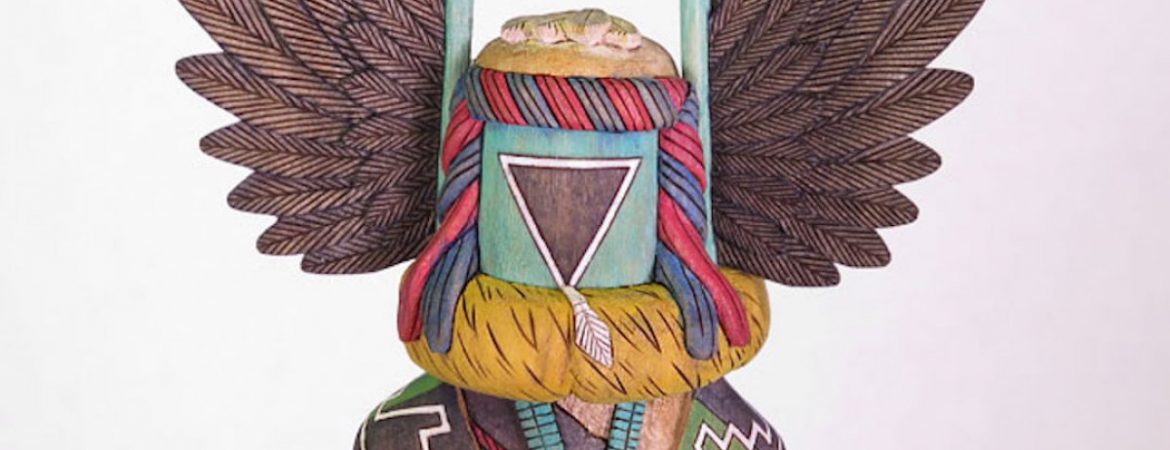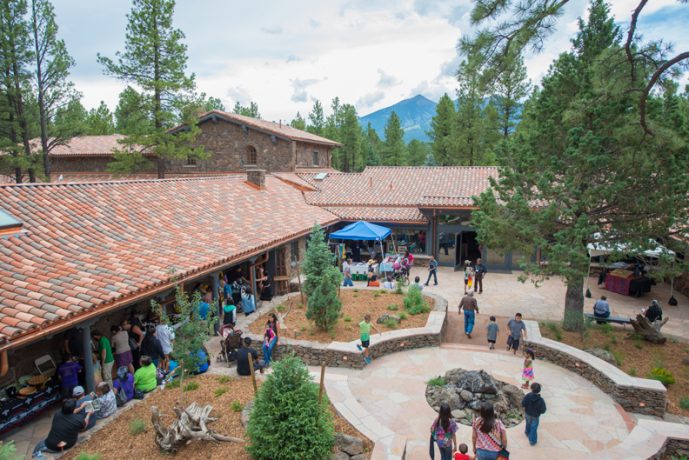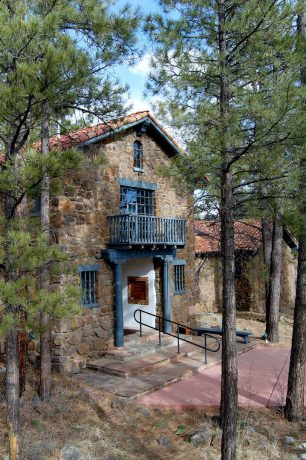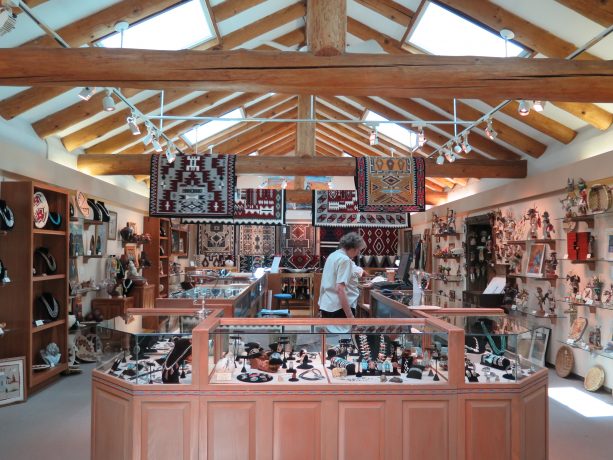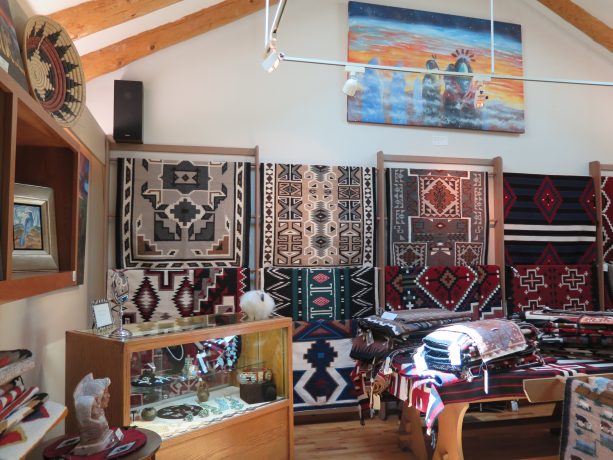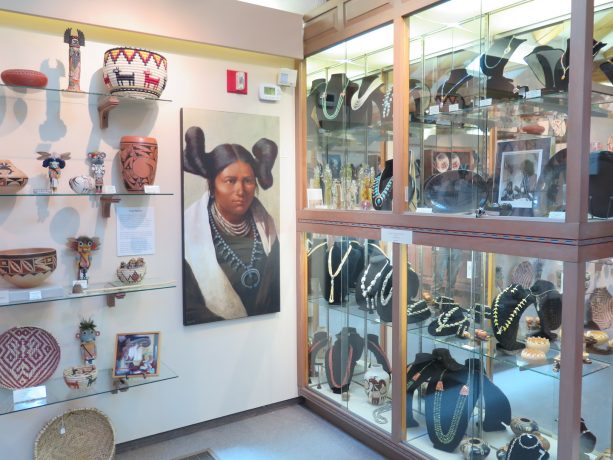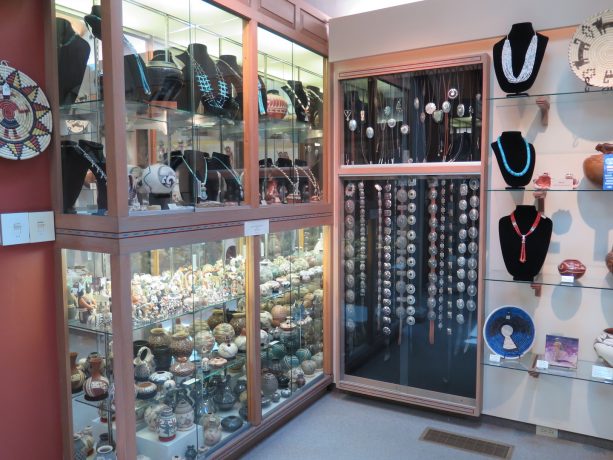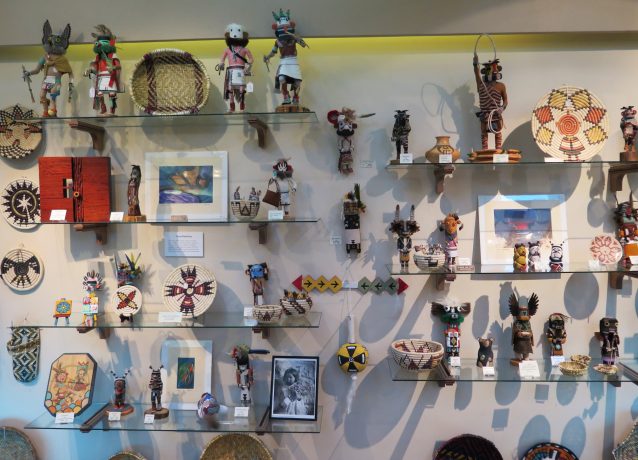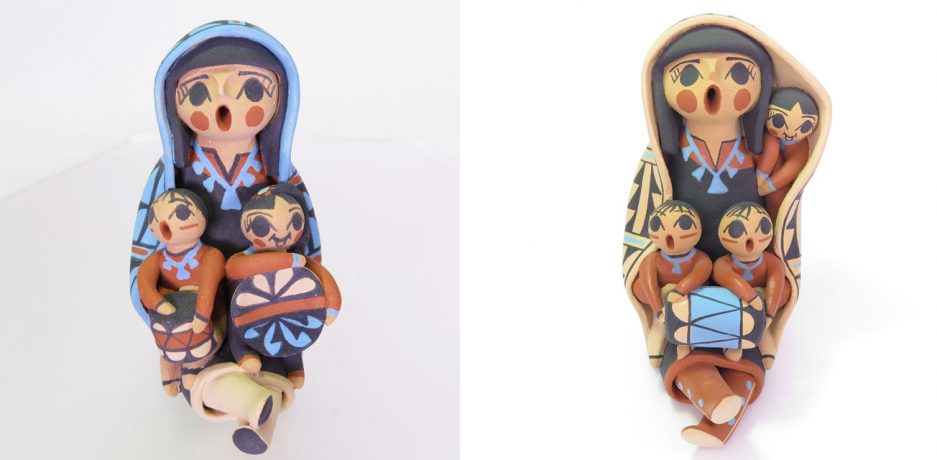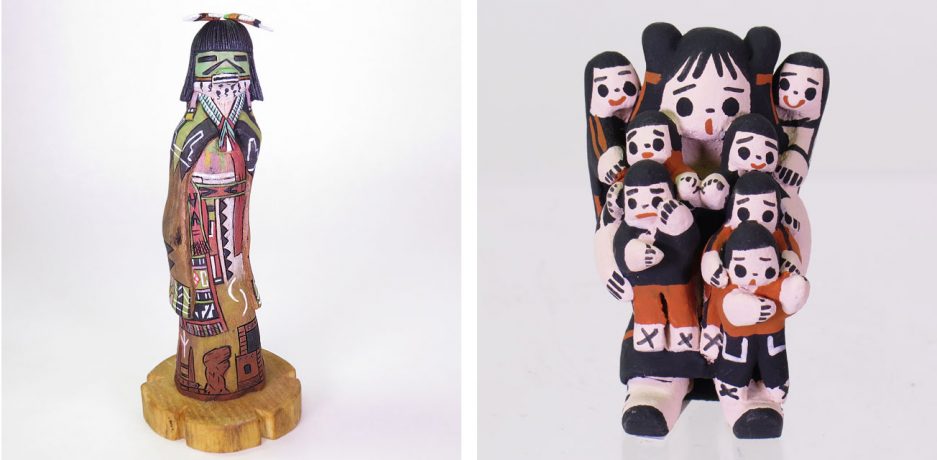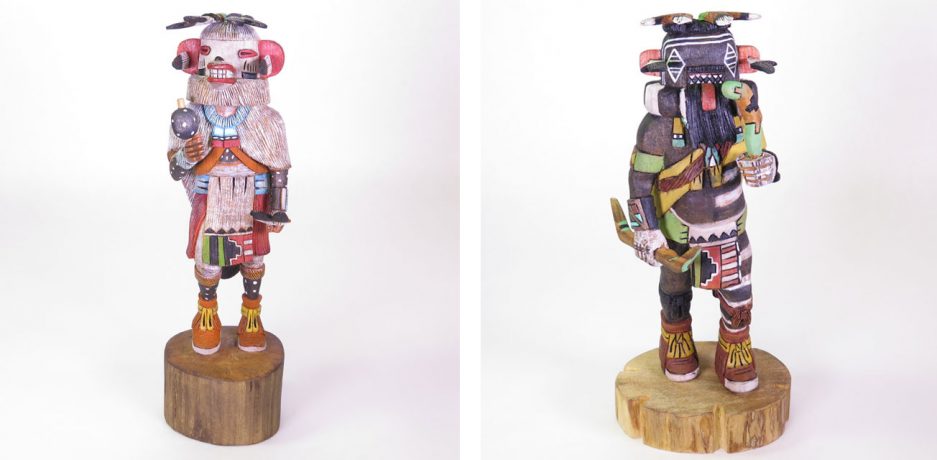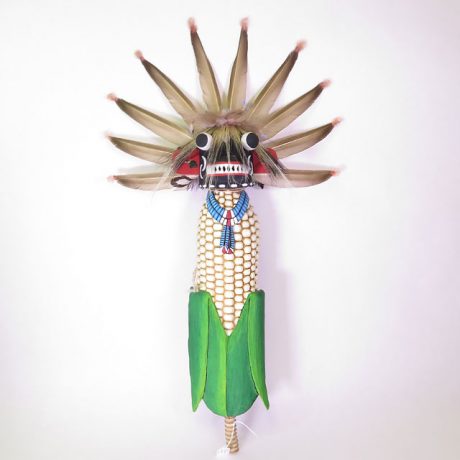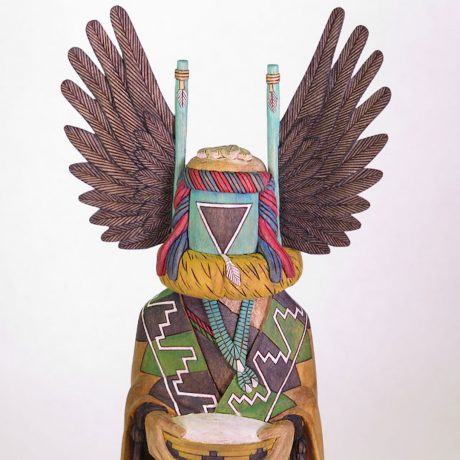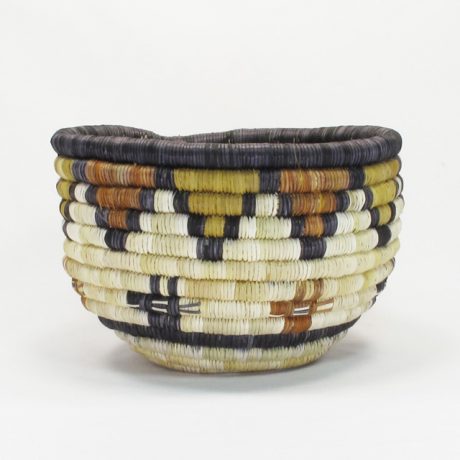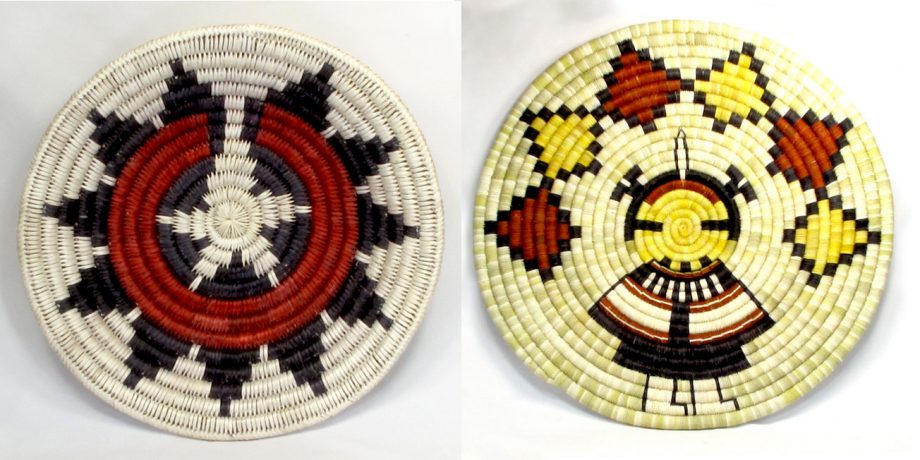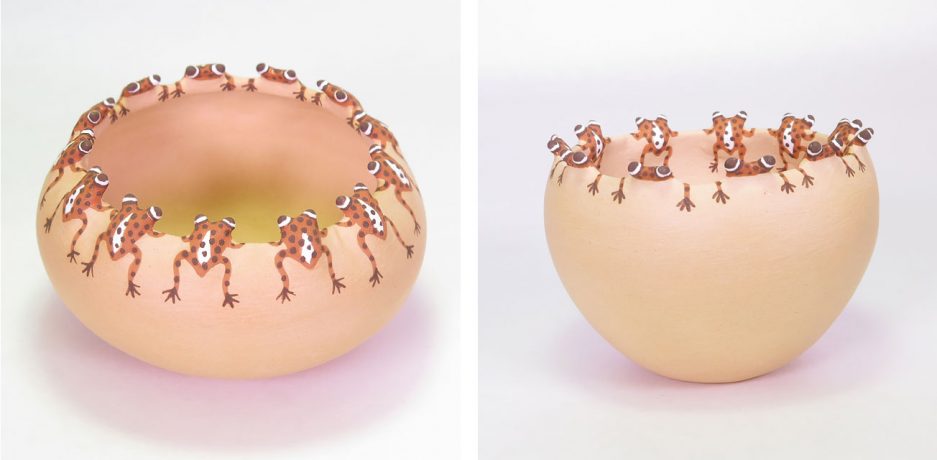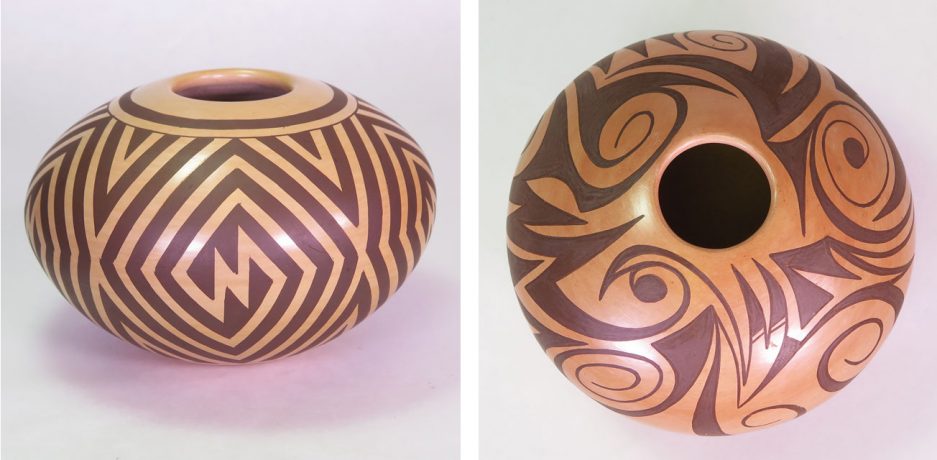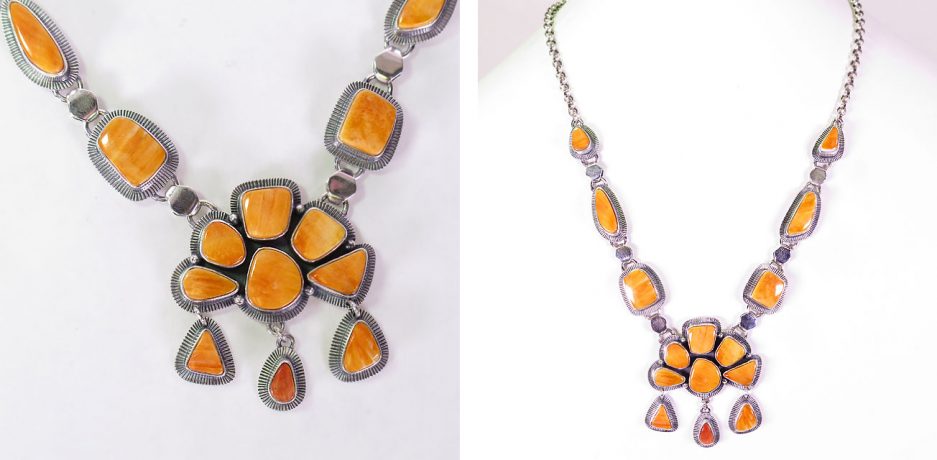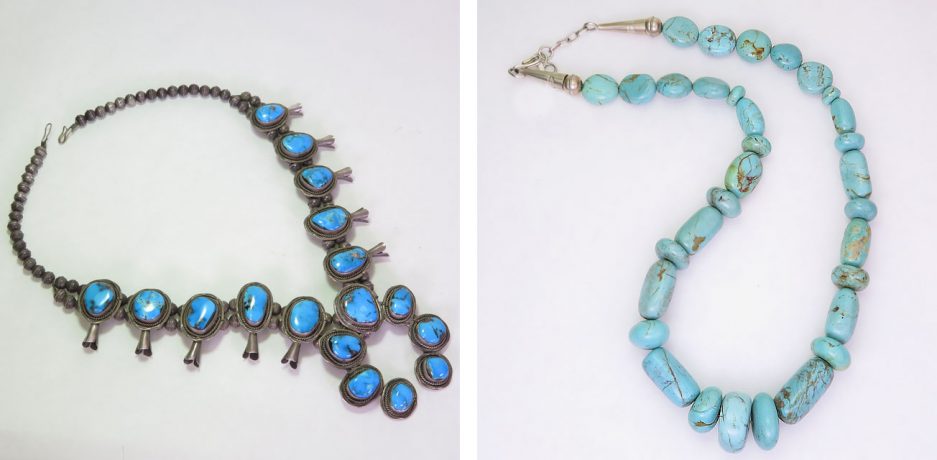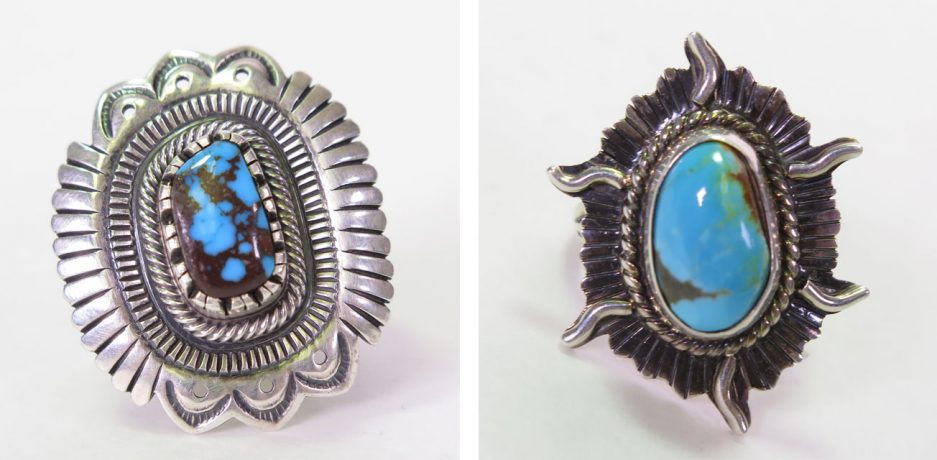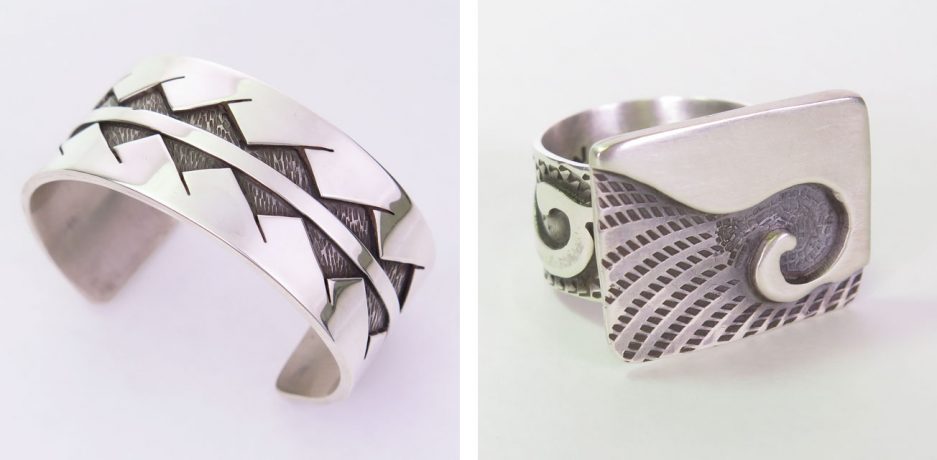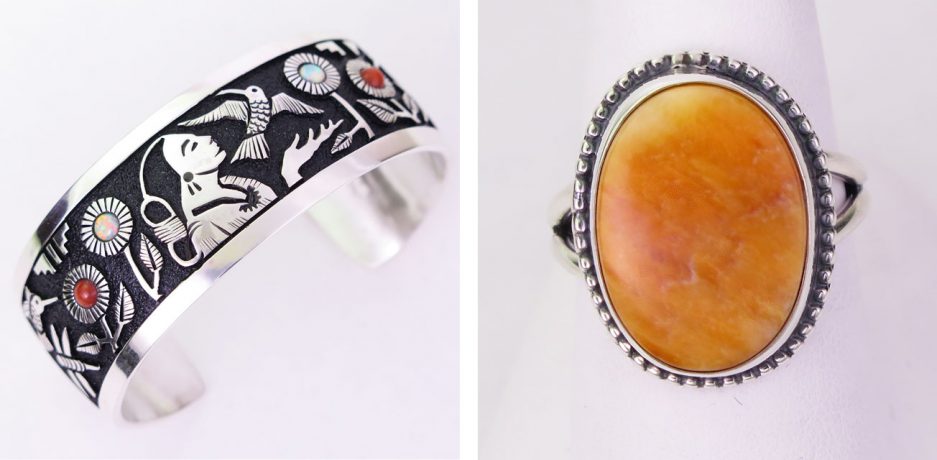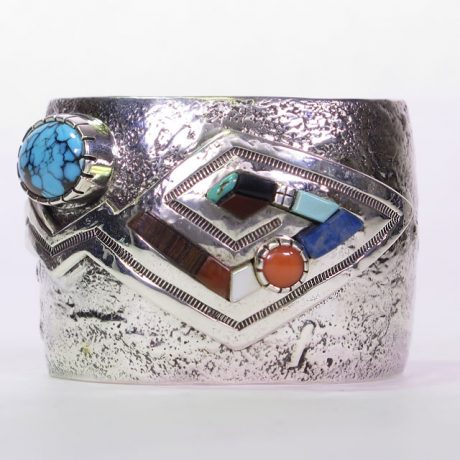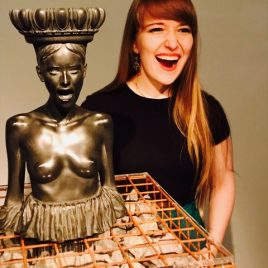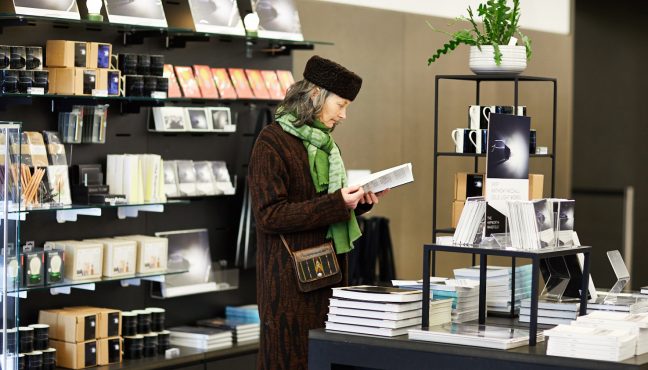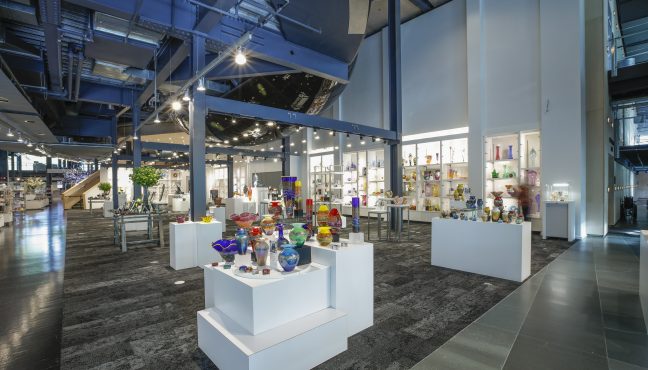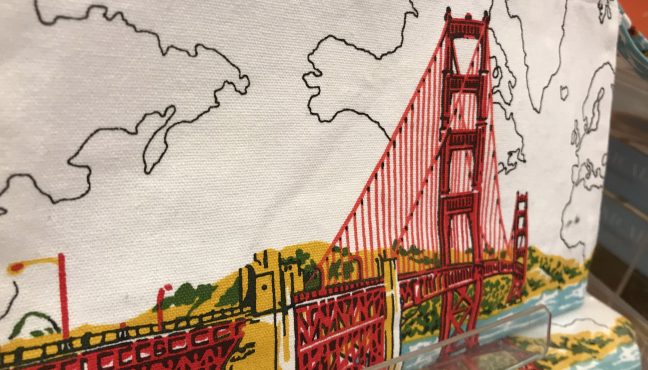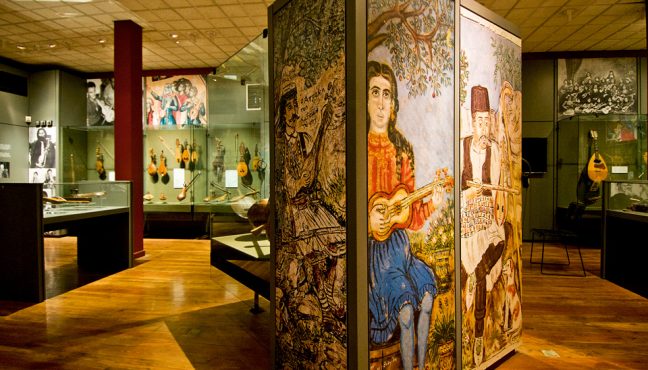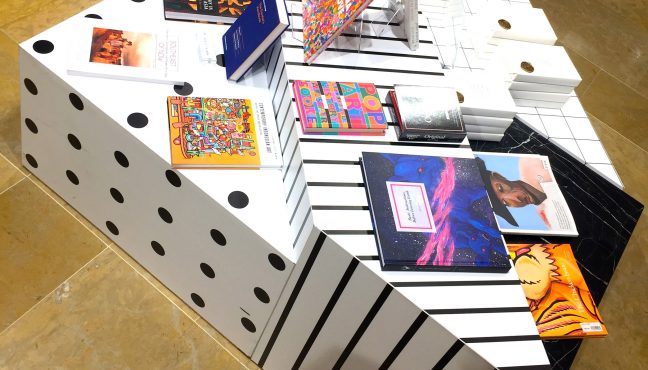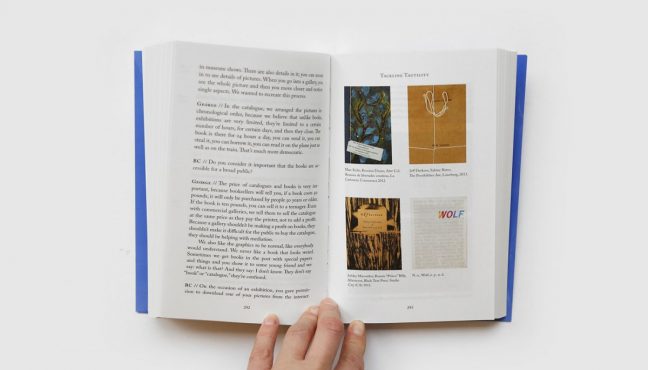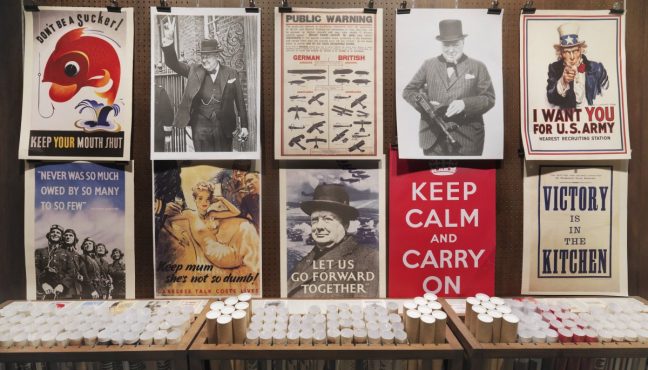The founder of the Museum of Northern Arizona, zoologist Dr. Harold S. Colton, wrote: “Someone ought to tell the world about the Colorado Plateau” – a region including parts of Colorado, New Mexico, Utah, and Arizona. In 1928, together with artist Mary-Russell Ferrell Colton, he established a museum with a mission to inspire a sense of love and responsibility for the beauty and diversity of the Colorado Plateau through collecting, studying, interpreting, and preserving the region's natural and cultural heritage.
One can read about the museum: "MNA's three components — public programs, research, and collections — complement one another in a continual circle". To that equation we absolutely must add a fantastic Museum Shop.
MNA Shop is a museum in itself, a place that gives you an impression of continuing your visit even after you officially left the halls. The quality and quantity of various items is unbelievable: Native American Jewelry and unique Baskets, Hopi Katsina Dolls, Navajo, Pueblo, and Mata Ortiz Pottery, Weavings, Rugs… And it is just a part of it! We talked to Stacey Hamburg, Museum Shop Website Specialist, about the museum shop history, working with local designers and the most unusual items.
You can walk around MNA shop as if you are in the museum! When was this exclusive shop envisioned?
The Shop is certainly like a museum in itself! We feature emerging artists as well as well-known Native American artists. The Shop features artwork from Colorado Plateau tribes and cultures including Hopi, Navajo, Zuni and Hispanic. We ensure everything is of the highest quality and authentic. It is important to note that while artists sometimes create similar looking pieces, each is unique and handmade.
The Museum was founded in 1928. In 1940s Henry Claiborne (known as “Clay”) Lockett opened a Native American arts and crafts shop. He gave artists, such as Harrison Begay, studio space and sold their works on consignment. He began acquiring similar shops from other traders, such as John Frederick Tanner, from whom he purchased The Yucca House. By the 1960s, Locket moved his shop to the Museum of Northern Arizona (MNA) and it was renamed “The Museum Shop,” and served as the gift shop for MNA where Lockett remained the director.
Has it ever happened that a designer started selling his/her items in your shop and went on to sell all over the country?
We work with local, emerging artists that produce high quality work. Hopi Overlay jewelry had its origins in the late 1920s through the influence of Museum co-founder Mary-Russell Ferrell Colton and art curator Virgil Hubert. This style of Hopi jewelry is now very famous and sought out by collectors around the world.
How do you usually begin your collaboration with designers?
We work directly with artists and the museum is an important place for many artist’s to sell their products. Some artists we have a long standing relationship with and contact them periodically and other artists drop by the museum and sell to us or consign their art work. Artists do not design exclusively for us but we do have customers that request specific designs from particular artists of interest and we contact that artist to request they create the design. We have some exhibition specific prints available in the bookstore – but it is always up to the artist and available finances.
What are the most exclusive or special items in your Museum Shop?
We carry jewelry by well-known artist Duane Maktima. We carry paintings by Tony Abeyta and Hopi Katsina Dolls by Neil David Jr. We also frequently sell award-winning items including katsina dolls, pottery and jewelry. We carry items consigned by local collectors. Among them are two bracelets by Preston Monongye (1927 – 1987), a famous Hopi artist. We also have 3 necklaces and 2 rings from famed fine artist Larry Vasquez.
It is always almost impossible to choose, but what is your favorite item?
I have a few favorite pieces that I wish I had bought and still dream about. But I think the best way to answer is to say I personally have a number of favorite jewelry artists like Colin Coonsis (@colincoonsis) and emerging modern artist Jonah Hill (@lomayoosidesigns). I also love the vibrant colors of Wally Grover’s katsina dolls.
